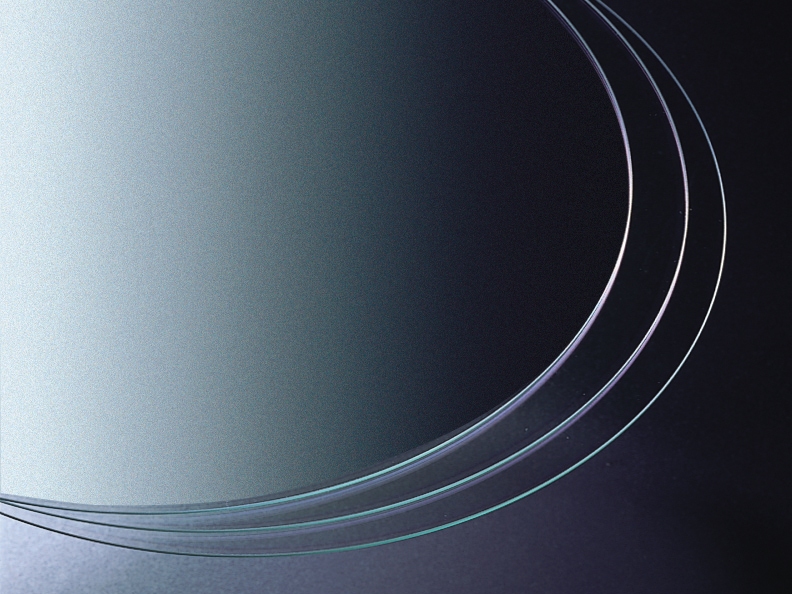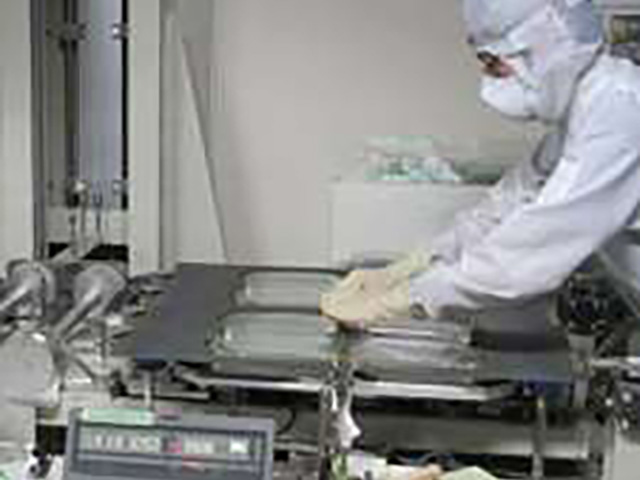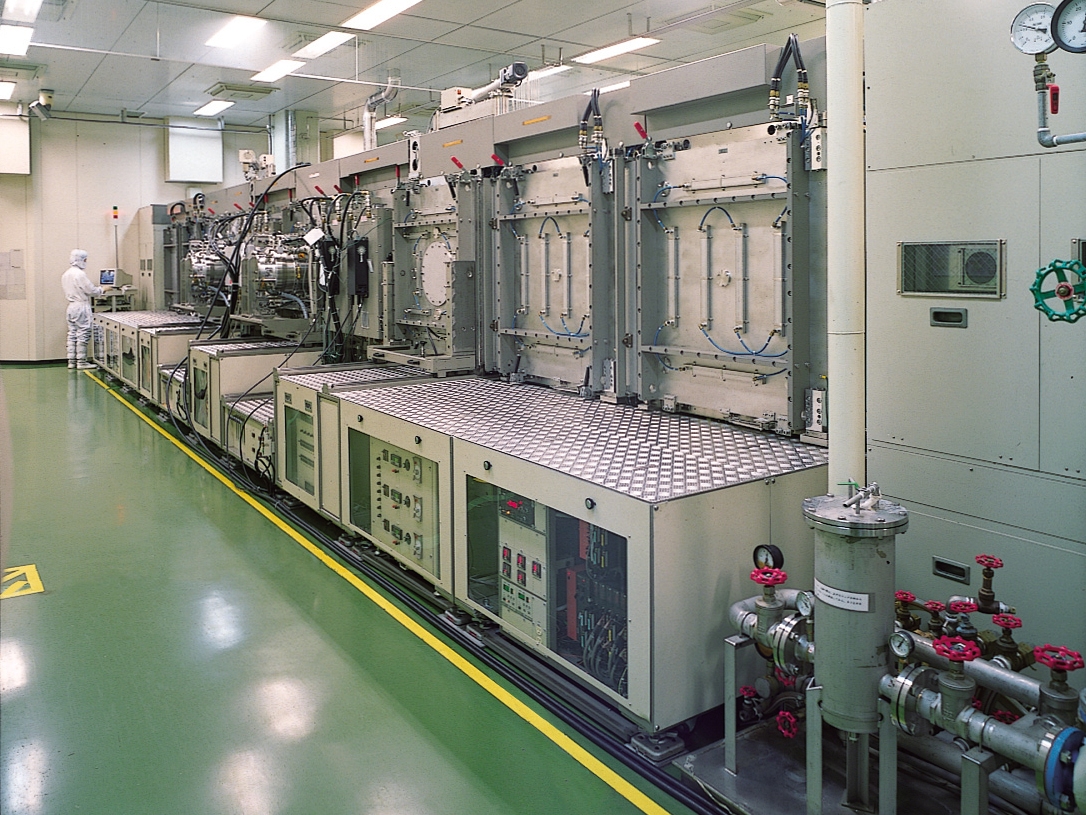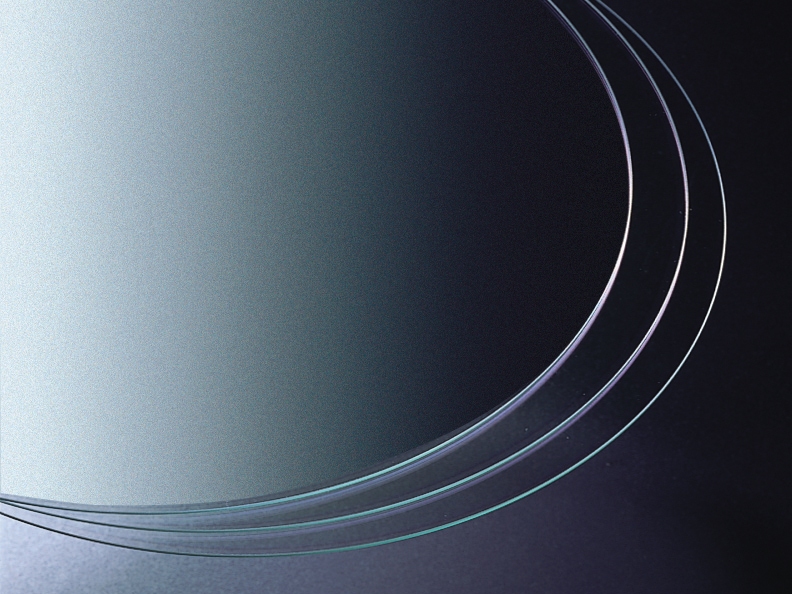What is Film Deposition Processing?
Film deposition is a technology that deposits atoms and molecules onto a glass substrate to form a continuous thin film.
This film imparts electrical, optical, and chemical properties to the surface of the substrate, making it useful in a wide range of fields, including electronic devices, semiconductors, optical elements, and sensors.
The film can be given functions such as conducting or blocking electricity, preventing dirt and water, and reducing reflections.
Inline Sputtering
Purpose
- For LCD Glass
- For Automobile Side Mirrors
- Antistatic Film for Copiers
- Computer Peripherals
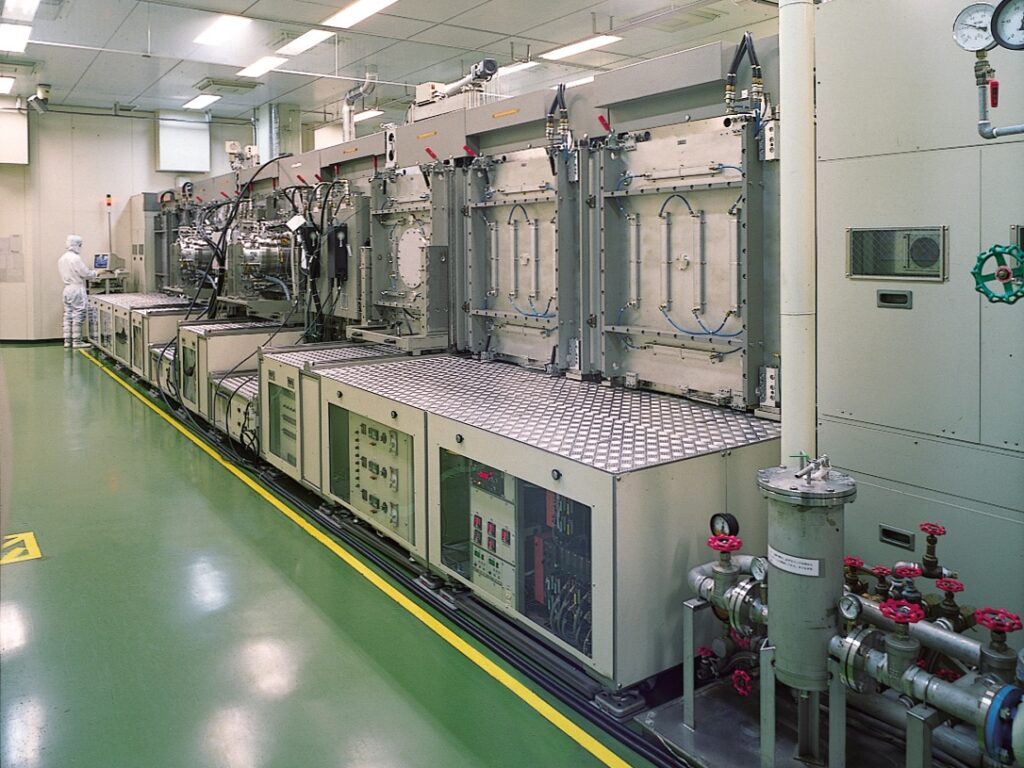
Processing Range Available
| Size | MAX: 780mm x 470mm MIN: 20mm x 20mm |
|---|---|
| Resistance value | Supports 5 to 300Ω/▢㎠ |
| Film | ITO, Cr, Al, Ag, Ti, etc. |
Interback Sputtering
Purpose
- For LCD glass
- For automobile side mirrors
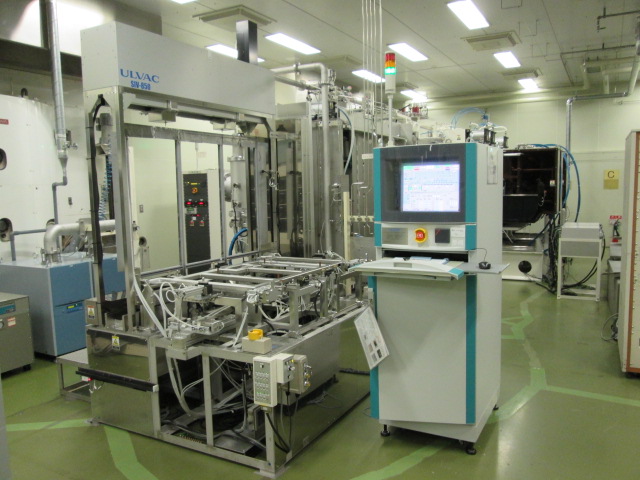
Processing Range Available
| Size | MAX: 800mm x 1380mm MIN: 20mm x 20mm |
|---|---|
| Film type | Cr etc. |
Batch Sputtering
Purpose
- For LCD glass
- For automobile side mirrors
- Antistatic film for copiers
- Computer peripherals
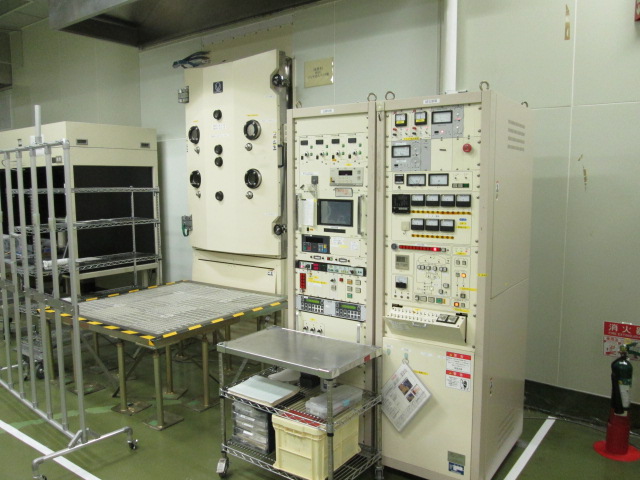
Processing Range Available
| Size | MAX: 300mmx850mm MIN: 20mmx20mm |
|---|---|
| Film type | Cr, ITO film, AL, Cu, etc. |
Vacuum Deposition
Purpose
- Various optical thin films (various functional thin films, etc.)
- Medical Devices
- In-vehicle measuring instrument
- For optical communication
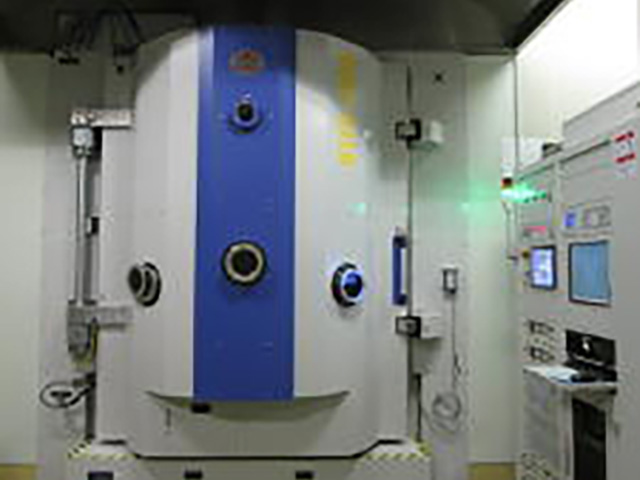
Processing Range Available
| Processing method | Optical thin film deposition using a deposition system |
|---|---|
| Dome | φ1600 (diameter) |
| Size | MAX: 370mmx470mm MIN: 20mmx20mm |
| Compatible film types | Anti-reflection coating, multi-layer coating, anti-fouling coating, UV-IR cut filter, etc. |
Q&A
Product/Processing Examples
Reflective Film (Film Forming Process)
We provide metal and multi-layer films for various applications, such as reflective films for color filters (for translucent cell phones), car rearview mirrors (multi-function mirrors), half mirrors, and anti-reflective films. We carry out thorough quality control from design to film deposition, allowing us to provide higher quality and more reliable products.
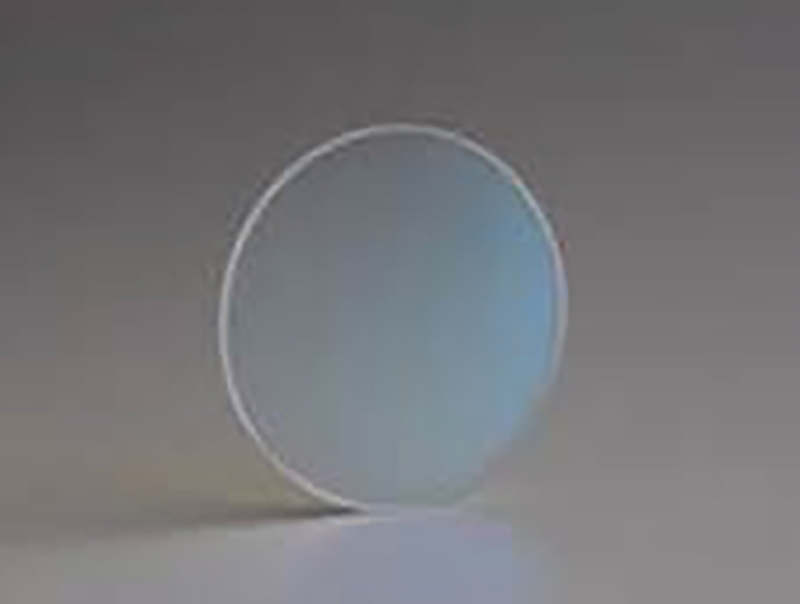





ITO Film (Film Formation Processing)
We can produce transparent conductive films using vapor deposition or sputtering methods to meet your needs, with high to low resistance, high adhesion, and high strength.
In addition, we achieve stable quality and high reliability by depositing films in a clean room.
